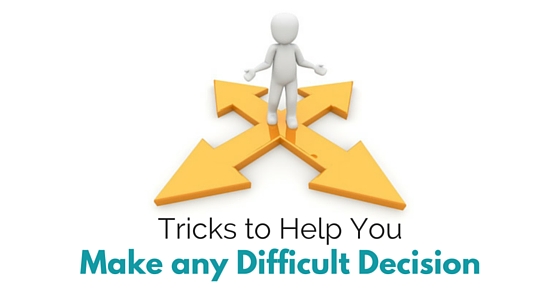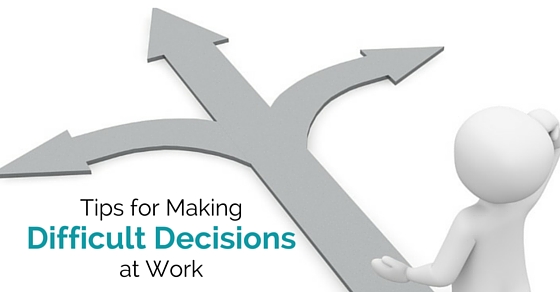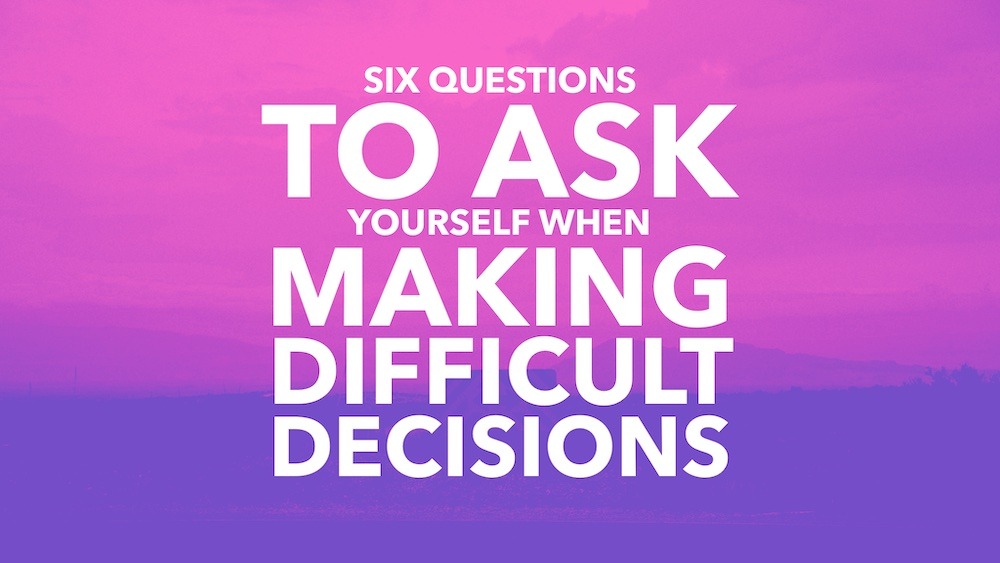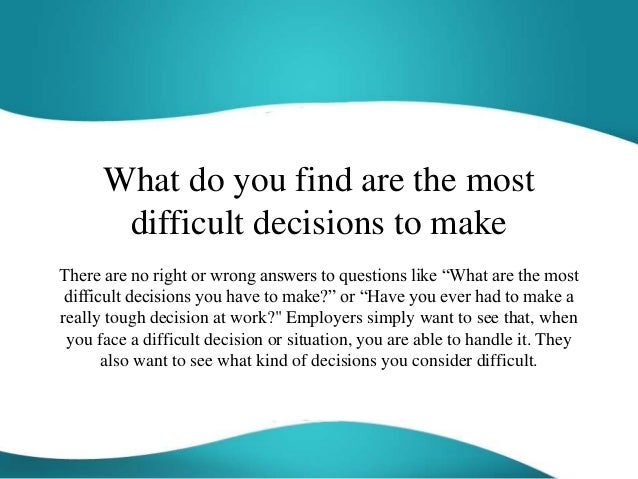How To Make A Really Difficult Decision
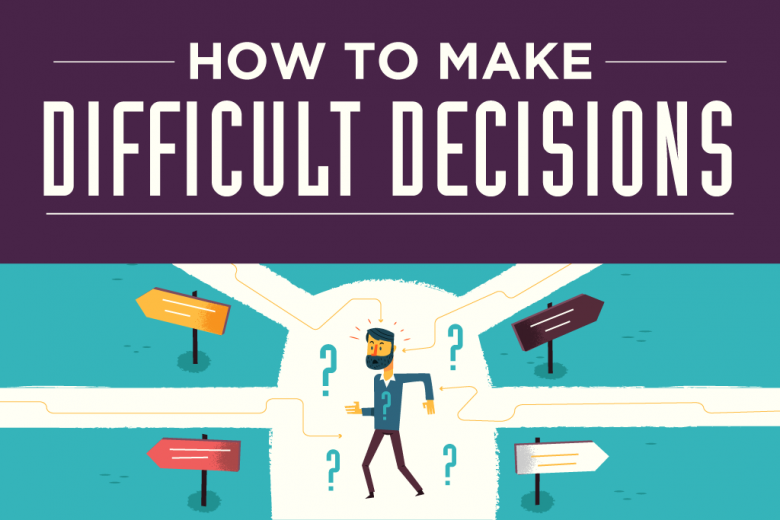
Faced with a choice that could reshape your future, career, or even relationships? Many people struggle when confronted with complex decisions. Understanding a structured approach can provide clarity and confidence during these pivotal moments.
Navigating difficult decisions involves more than just gut feeling. Experts emphasize a combination of data gathering, thoughtful analysis, and emotional awareness to arrive at a well-reasoned conclusion. This process helps individuals weigh competing priorities and potential consequences more effectively.
Understanding the Decision Landscape
The first step is defining the problem clearly. According to a study published in the Harvard Business Review, many poor decisions stem from a failure to accurately identify the core issue. Break down the decision into smaller, manageable parts.
Gather all relevant information. This includes researching potential outcomes, consulting with trusted advisors, and identifying any biases that might cloud your judgment. Don't rely solely on anecdotal evidence; seek verifiable data and diverse perspectives.
Identifying Values and Priorities
What truly matters to you? Clarifying your core values is crucial for aligning decisions with your long-term goals. This step helps filter options that might seem appealing on the surface but conflict with your deeply held beliefs.
Consider the potential impact on different stakeholders. A decision might benefit you personally but negatively affect your family, colleagues, or community. Weigh these competing interests carefully and strive for solutions that minimize harm and maximize overall well-being.
"The most difficult decisions are often those where there is no clear right or wrong answer, but rather a trade-off between competing values," notes Dr. Emily Carter, a leading psychologist specializing in decision-making.
Analyzing Options and Consequences
Brainstorm a range of potential solutions. Don't limit yourself to the obvious choices. Explore creative alternatives that might not have been initially apparent.
Assess the pros and cons of each option. Use a structured framework, such as a decision matrix, to systematically evaluate the potential benefits, risks, and costs associated with each choice. Be honest and objective in your assessment.
Consider both short-term and long-term consequences. A decision that seems advantageous in the immediate future might have detrimental effects down the road. Project the potential impact of each option over a realistic time horizon.
Managing Emotional Biases
Acknowledge your emotional responses to each option. Are you drawn to a particular choice because it feels familiar or comfortable, even if it's not the most logical one? Recognizing these biases can help you make more rational decisions.
Seek feedback from trusted individuals who can provide an objective perspective. Avoid surrounding yourself only with people who agree with you. Constructive criticism can help identify blind spots and potential pitfalls.
Practice mindfulness and emotional regulation techniques. Learning to manage stress and anxiety can improve your ability to think clearly and make sound judgments, especially under pressure.
Making the Choice and Moving Forward
Trust the process you've followed. After carefully gathering information, analyzing options, and considering your values, make a decision and commit to it.
Accept that you can't predict the future with certainty. Even the best-laid plans can go awry. Be prepared to adapt and adjust your course as needed.
Learn from your experiences. Reflect on the decision-making process and identify areas for improvement. Each difficult choice is an opportunity to refine your skills and build resilience for future challenges. Embrace the learning process.
Ultimately, navigating difficult decisions is a skill that can be honed over time. By embracing a structured approach, individuals can increase their confidence and make choices that align with their values and goals.




